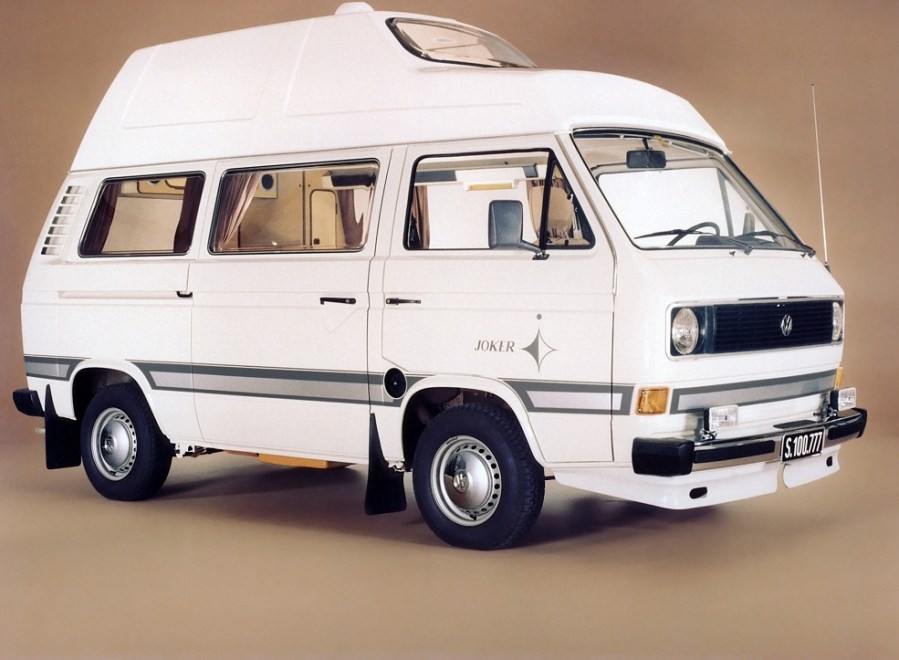Motorists wishing to convert regular panel or box vans into a camper van (motor caravans or motor homes) face a much harder task to have them reclassified on the registration certificate.
Having reportedly rejected almost applications submitted in the months beforehand, the DVLA released a new set of requirements in October that are much more stringent on external requirements.
As well as being a DVLA requirement, there are many other reasons to reclassify to camper van status, including higher values, cheaper insurance with better contents cover and fewer restrictions on use.
In terms of internal requirements, nothing has changed. You need seats and a table, plus sleeping accommodation that may be converted from the seats, cooking facilities and storage facilities, with each of these meeting individual criteria.
However, it’s externally that things have changed. Now you need two or more windows on at least one side of the main body, not including windows on the driver or passenger doors, to provide a reasonable amount of daylight into the living accommodation. You also need a separate door to provide access to the living accommodation of the vehicle, excluding the driver and passenger doors. A window on this access door counts as a separate window on the main body.
Perhaps more troublesome is that a camper van must now have a high-top roof, and this doesn’t include the pop-top elevating type – something that is likely to send the prices of second-hand high-tops through the, ahem, roof. You also need an awning bar attached to either side of the vehicle, and motor caravan-style graphics on both sides.
Such changes have been met with opposition, but the DVLA says they are necessary because such distinguishing features allow the police and other enforcement agencies to easily identify vehicles. As well as the hobbyist conversions, there are many businesses converting to camper vans, so there are significant repercussions for the industry.





